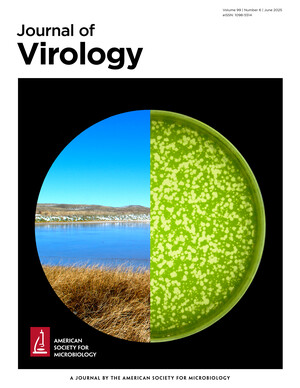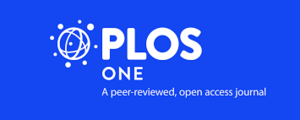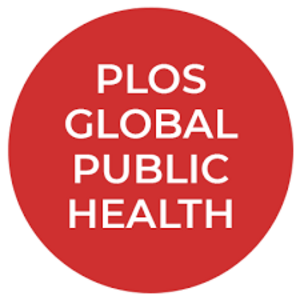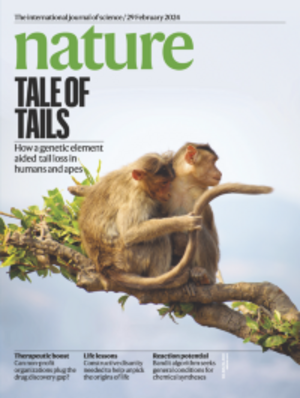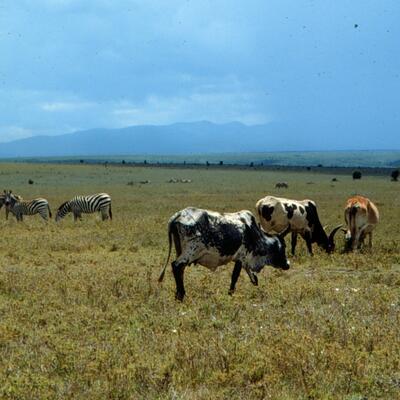
ILRI computing capacity made available to COVID-19 vaccine developers

ILRI’s high-performance computing platform (right), generally used by the institute’s scientists to study and develop vaccines for zoonotic diseases originating in livestock, is currently donating computing capacity to COVID-19 vaccine development. Left is a picture of ILRI’s laboratory research on vaccines; middle is a sketch of ILRI’s Alan Orth (photo credits: Paul Karaimu/ILRI/Evelyn Katingi).
The article is written by Marianne Gadeberg.
While the ILRI campuses in Nairobi and Addis Ababa are uncharacteristically empty, the institute’s servers are working away at top speed, contributing to the first essential steps in developing a vaccine against COVID-19.
As a consequence of the global pandemic of coronavirus disease 2019 (COVID-19), and in line with government recommendations, the International Livestock Research Institute (ILRI) has implemented work-from-home measures and closed its physical facilities, laboratories and offices to all but essential staff and work. But that does not mean the institute’s commitment to safeguarding public health, including by controlling zoonotic diseases, is on hold—on the contrary.
Since 22 Mar 2020, ILRI has made available half of its high-performance computing capacity to studies of the folding of proteins of the causative virus—‘severe acute respiratory syndrome coronavirus 2’ (SARS-CoV-2)—for the Rosetta@Home project. The Rosetta@Home project is one of many platforms connecting computers all over the world to create virtual super computers that scientists can use to predict and model how COVID-19 appears to the human immune system, thus bringing them one step closer to developing an effective vaccine against the disease.
Volunteering computing capacity
The initiative first took form as Alan Orth, ILRI’s computing systems analyst, noticed reduced demand for the institute’s high-performance computing platform, normally used by scientists, students, postdocs and others working in bioinformatics.
‘I was thinking, there’s this open-source, distributed-computing platform looking for resources, and ours were just sitting there’, Orth said. ‘When discussing the idea of making our computing resources available to this project with some of our lead scientists, they were immediately on board because they’re in the culture of open science, open source and open information. Plus, this is literally what our resources are meant to do—scientific computing for public health and vaccine development.’
Simply put, scientists can use computer modeling to narrow the field of possible vaccine designs. For COVID-19, the focus is on what is called the spike protein—the part of the virus that allows it to latch onto healthy human cells. Developing a vaccine hinges on designing new proteins that can block the spike protein from binding to human cells, rendering the virus unable to enter the cells and take over their genetic machinery. Unfortunately, the spike protein constantly changes shape, meaning that tens of thousands of potential protein designs exist. Computer modeling is a shortcut to identifying a smaller number of best-bet designs that can be further tested in a lab.
To support this work, ILRI has made available 110 central processing units (CPUs) that, when not busy with other tasks, are dedicated to the Rosetta@Home project. And the resources are being put to good use, Orth said. Eight of the project’s ten busiest days since 2002, in terms of computational load, were in the past two weeks.
Volunteering these resources is a testament to ILRI’s agility and flexibility according to Steve Kemp, program leader for Livestock Genetics at the institute.
‘When I heard about this, I realized how cool and appropriate it was that we as an Africa-based research organization, funded by public funds and committed to the principles of open data, found ourselves able to make a modest contribution to this global endeavor, without any cost’, Kemp said.
Continuing long-standing efforts
To scientists at ILRI, the fact that the health of people and animals is intrinsically linked is old news. Three-quarters of new human diseases emerge from animals, such as is the case for COVID-19, which is believed to originate from bats. While many diseases do stem from wildlife, some of the most serious have actually come from domesticated livestock. In fact, the growing number of domestic animals in Africa could be a significant source of new pandemics in the future.
This means that zoonotic diseases, often neglected by vaccine developers, continue to not only reduce the value of smallholders’ livestock assets, but also to impose a huge risk to public health in Africa, Asia and beyond. That’s why ILRI scientists have long pursued science and solutions that can help control zoonotic diseases, including insights on effective vaccination strategies.
‘Unfortunately, this pandemic just shows that the research ILRI has been doing for decades is highly relevant to ensuring global public health and preventing or controlling emerging infectious diseases’, Orth said.
To find other ILRI work related to the COVID-19 pandemic, please see our new zoonosis landing page on the ILRI website.













